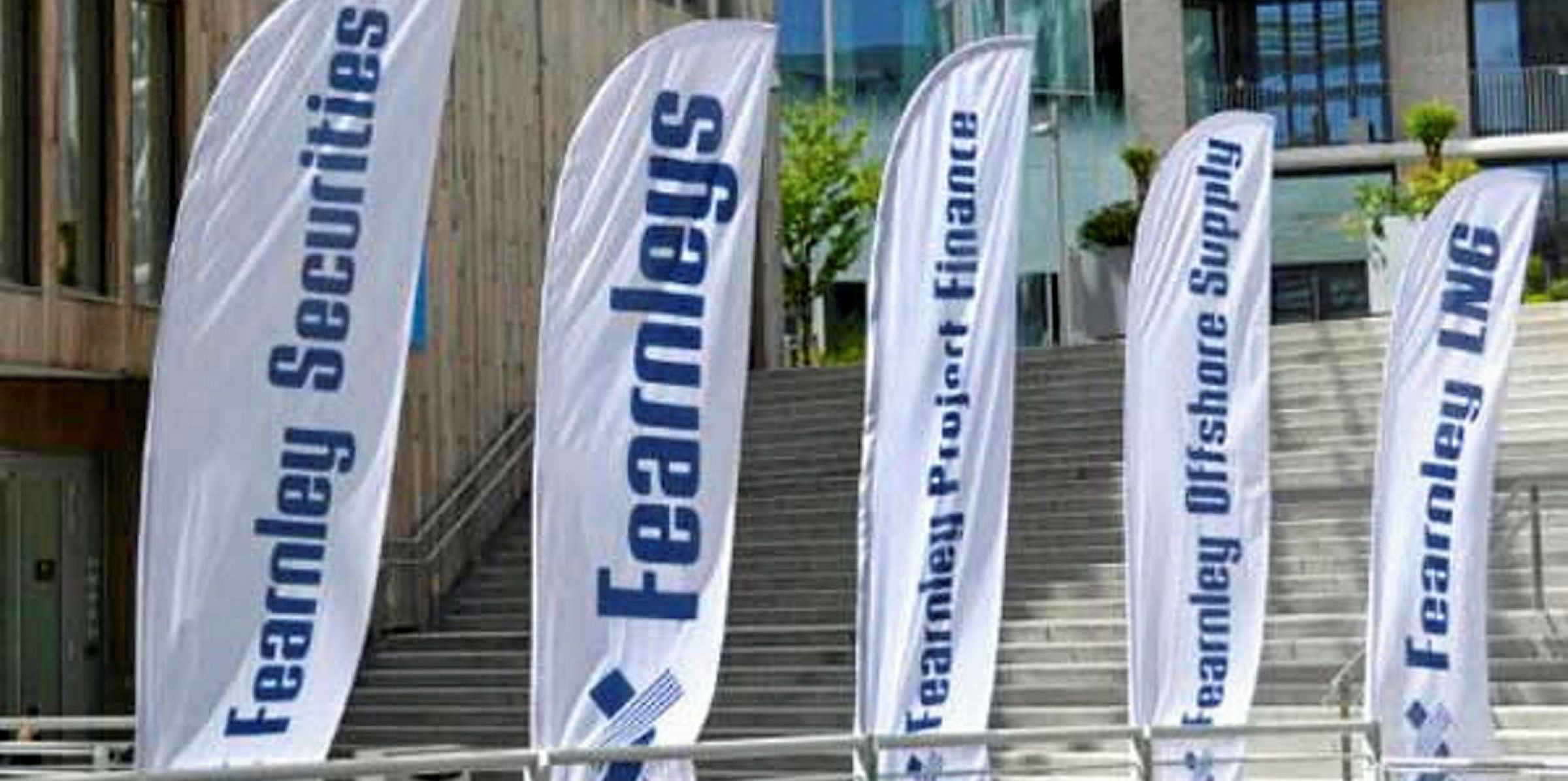Tanker owners are set to see market headwinds turn to tailwinds with the value of steel on the water forecast to spike as the up-cycle unfolds, according to Fearnley Securities.
Analysts Espen Landmark Fjermestad and Peder Nicolai Jarlsby calculate asset values could climb by up to one fifth as rates head into a stronger period with the support of multiple factors, including IMO 2020.
In an update on the market entitled “Ready for Liftoff” the analysts argue the price of tankers will rise with the market set to experience a “real inflection point”.
VLCC rates of $22,000 from the second quarter are expected to improve to $40,000 per day for the whole of 2019 and peak at $60,000 per day in 2020, Fjermestad and Jarlsby forecast.
While they presently project VLCC rates to then ease to $45,000 per day in 2021, they add the cycle could play out over a longer period than the last upturn in 2014 and 2015.
This could be driven by both IMO 2020 and potentially dampened newbuilding interest as shipowners starts to seriously consider different propulsion systems for future orders.
With rates expected to head north, the analysts believe VLCC newbuilding prices will not pass the last peak of $95m to $100m.
“With record low orderbooks the yards simply don’t have the kind of pricing power as in other cycles where the likes of DSME received offshore orders in the tune of $6bn to $10bn per year,” they said.
“We do however see 10-20% upside on secondhand prices as the market starts to price in above-market rates for the next two to three years.”
With VLCC rates of $60,000 per day the cost of a resale could exceed $100m, the analysts note.
“For older assets (10-years+) the potential repricing could be even greater, though in a 2020 fuel environment we expect widening price differentials between ECO and non-ECO vessels,” they said.
Fearnleys presently prices a VLCC resale at $95m, up from $93m previously.
In the short term, the Fjermestad and Jarlsby say an increase in refinery runs, a slowing of newbuilding deliveries, scrubber retrofits and a likely rise in Opec+ volumes will be positive for the market.






